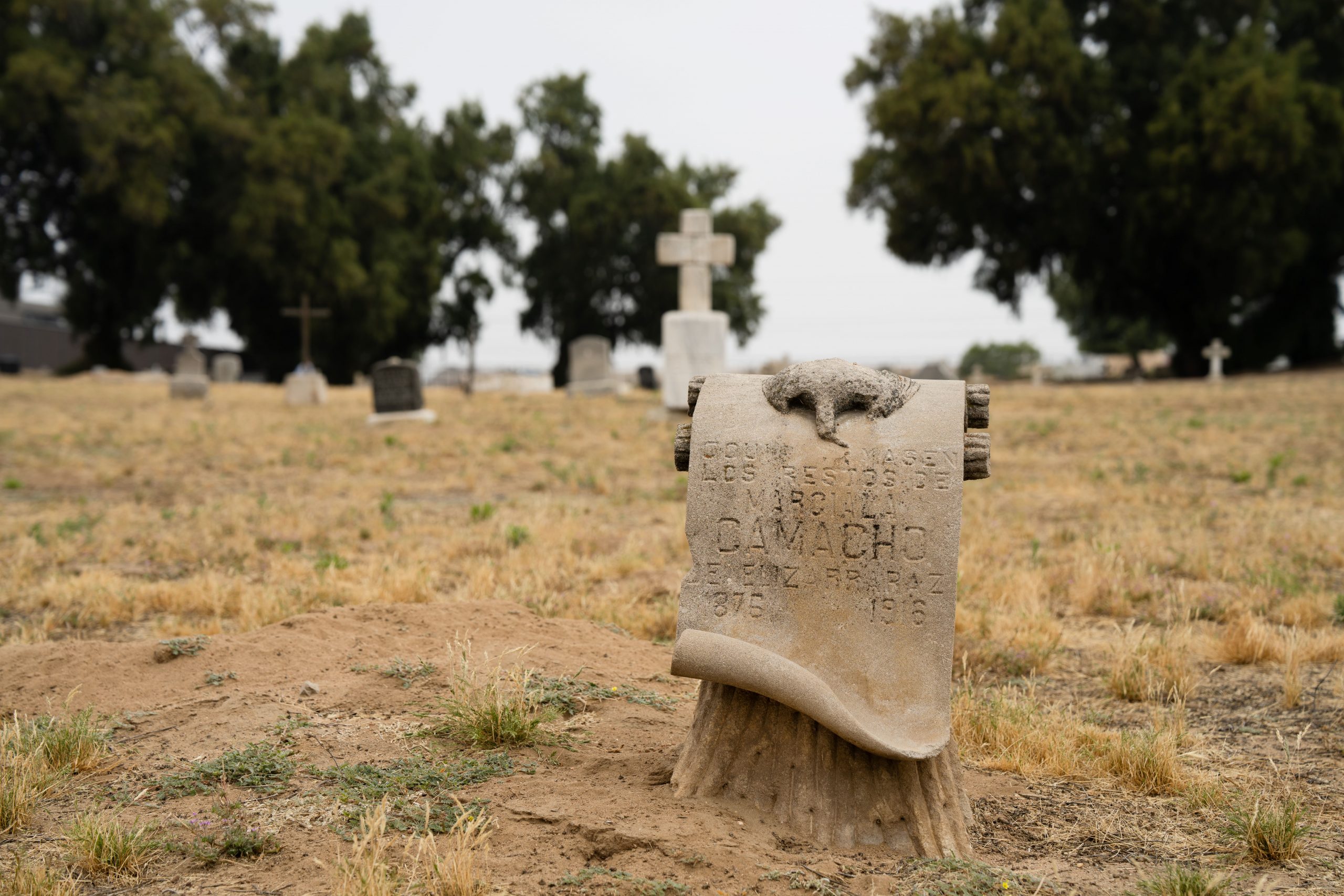

Agua Mansa, located in Colton, was founded in 1845 when Juan Bandini donated parts of his Rancho Jurupa to a group of Spanish colonists from Abiquiú, New Mexico. The colonists settled on 2,000 acres on the southeast bank of the Santa Ana River and formed the village of La Placita.
Meanwhile, another group of colonists moved to the northwest bank of the river where they established the town of Agua Mansa. The name, Agua Mansa, given by the settlers, means “peaceful waters,” a reference to the neighboring river.
In the 1840s, this area was the largest settlement between New Mexico and Los Angeles. Among the first settlers was Louis Rubidoux, who would later become one of the first members of the San Bernardino County Board of Supervisors.
Agua Mansa thrived until January 1862, when a devastating flood filled the Santa Ana River and destroyed the west bank community. A few buildings, including the cemetery and chapel, survived because they were located on higher ground.
However, the arrival of the railroad, the rise of the cement industry, and the expansion of the citrus industry eventually resulted in more people moving away from Agua Mansa and La Placita.
Today, the cemetery is all that remains of this once thriving settlement. Agua Mansa is a designated California Historical Landmark and became a branch of the San Bernardino County Museum in 1967. Agua Mansa Pioneer Cemetery is considered to be the oldest cemetery in the county.
The information in this historical feature was originally part of a video series produced by the Assessor-Recorder-County Clerk’s office.
Additional County Update News – April 17, 2025
- County Fire website now features new Fire Hazard Severity Zone map
- Chino Airport’s strategic plan unveils 300 acres for development
- County wins 2025 EPIC Award for inspiring tomorrow’s workforce
- CONFIRE Dispatcher Jessica Trice’s role in a home birth
- County Animal Care celebrates Animal Control Officer Appreciation Week
- Children’s Network shines a light on child abuse prevention
- Empowering voices this Mental Health Awareness Month
- CFS hosts Youth Enrichment and Exploration Program kickoff events
- High School Voter Education Weeks: Encouraging students to get involved in their community
- DAAS-PG celebrates Older Americans Month: Flip the Script on Aging
- Applications now being accepted for the San Bernardino County Civil Grand Jury
- County Museum pulls back the curtains with new blog series, Great Things Behind the Scenes
- San Bernardino County destinations: Big Falls Trail
- Call for submissions: Share your favorite San Bernardino County destinations
- Things to do in San Bernardino County
- Pet of the Week
